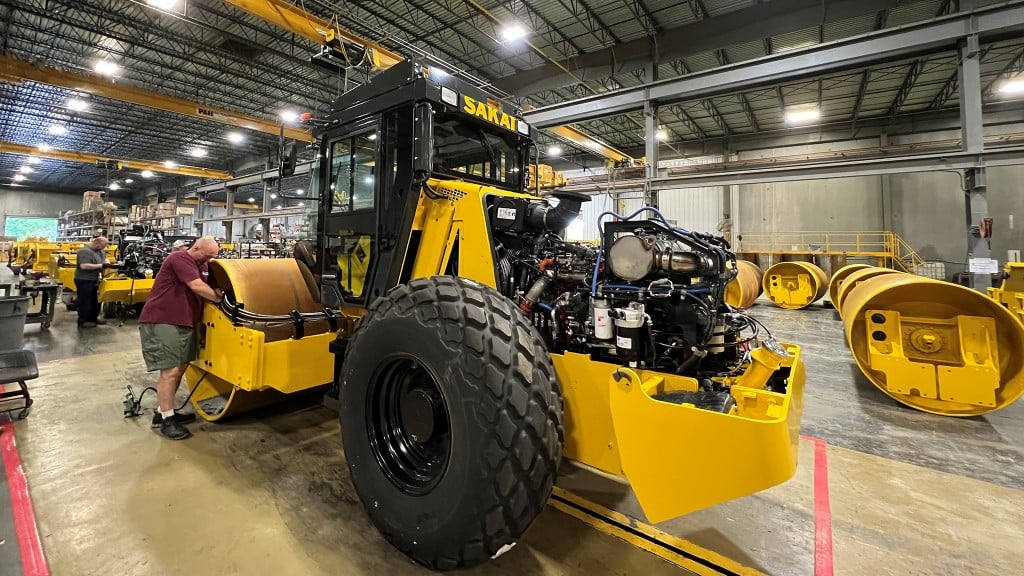Smart-bridge technology could lead to cheaper and safer infrastructure
UBC researchers look to memory alloys over steel reinforcement
Researchers at UBC Okanagan have determined that smart memory alloys are a safer and more cost-effective alternative to steel-reinforced concrete bridges in earthquake-prone areas like the B.C. lower mainland.
"Conventional steel rebar reinforcements have been used for years in building structurally sound bridges," says Shahria Alam, associate professor of engineering at UBC's Okanagan campus. "The problem is that these structures are extremely rigid and can experience permanent damage after a seismic event.
Alam, who was recently named UBC Okanagan's researcher of the year, says that seismic design guidelines in North America and Europe allow bridges to undergo these deformations during an earthquake as long as they remain intact. But the repair costs after the event can be considerable.
"More than 100 steel-reinforced concrete bridges had to be completely demolished and rebuilt after the Kobe earthquake in Japan in 1995, even though they were still standing," says Alam. "Our results show that memory alloys, which can be flexed without experiencing permanent damage, can maintain a bridge's structural integrity and significantly reduce repair costs after a seismic event."
As countries like Canada look to upgrade aging infrastructure, Alam says governments are eager to find safe and cost-effective options.
In an effort to build a "smarter" bridge, Alam and his former PhD student Muntasir Billah, currently a Bridge engineer in Vancouver, designed five bridge piers using different alloy materials and then vigorously tested them under a variety of earthquake scenarios that mimic the seismic risks of the B.C. lower mainland.
Using a combination of numerical models and computer simulations, the researchers were able to accurately determine which alloys are most effective in maintaining the bridge's integrity while reducing repair costs.
"All of the memory alloy bridges performed exceptionally well, but one alloy in particular, called ferrous polycrystalline, was a clear winner," says Alam. "It could represent a significant advance in the safety and financial viability of bridge construction in this region."
Their latest findings have been published in the journal Engineering Structures.
The research was funded by a Natural Sciences and Engineering Research Council of Canada (NSERC) through Discovery Grant.


